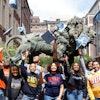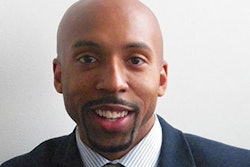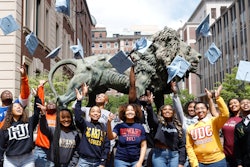Two administrators at Cal Poly Pomona recalled the impact of COVID-19 on enrollment and retention at their institution in a recent Zoom call with Diverse. In spring 2021, they were reviewing the latest enrollment data and were taken aback. “All of a sudden, when we were looking at our projections, we were at 80 percent of our goal. It was [such] a drop that we had to double-check our numbers,” says Jessica Wagoner, senior associate vice president of enrollment management and services at Cal Poly Pomona. “We were looking at possibly one of the worst retention rates we had seen in a while," says Wagoner. "We were able to regain those students, but it was not easy.”
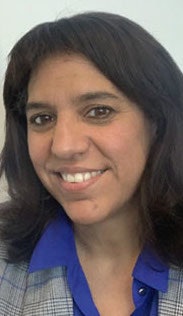 Jessica Wagoner
Jessica Wagoner
Santiago-Gonzalez, assistant vice president of strategic initiatives for student success, says an artificial intelligence texting robot, “Billy Chat,” came to the rescue. The school’s chat bot guide to help students through the re-enrollment process also helped administrators determine what problems students were encountering so that they could develop solutions. The student success team launched an interactive campaign led by Billy Chat, asking students to respond to a series of questions on why they were not registering.
“We found administrative things we could do better,” Santiago-Gonzalez recalls.
“A majority of the [unregistered] students said that they did not know what to take; a lot of them were fall 2020 cohort students that had never been to campus or never met with an advisor,” she continues, explaining that the constraints of COVID-19 — keeping students off-campus and preventing personal interaction with classmates and advisors — were at the core of re-enrollment issues in 2021.
“For example, we onboarded students virtually, so the students didn't have casual conversations they typically would have with other students, like in cafeteria; we found that hundreds of students thought they had registered but because they had never gone through our registration system, they forgot to hit the enrollment button — something simple like that.”
Wagoner also pointed out that “some [issues] were financial or mental health crises.” She told the student newspaper, The Poly Post, in November 2020, “We know that this pandemic is hitting first-generation, low-income students the hardest. We have a huge surge in financial aid requests.”
Thanks to the information garnered in the Billy campaign, the problems could be addressed. “The beautiful thing is that we were able to respond to students,” Santiago-Gonzalez says. The university immediately gave advisors access to view students’ shopping carts so they could see if a student’s classes were still in the cart. They also held some evening and weekend events to reach out to students who had not engaged.
The Cal Poly Pomona retention challenges mirror other institutions’ experiences as well.
An HBCU reaches out
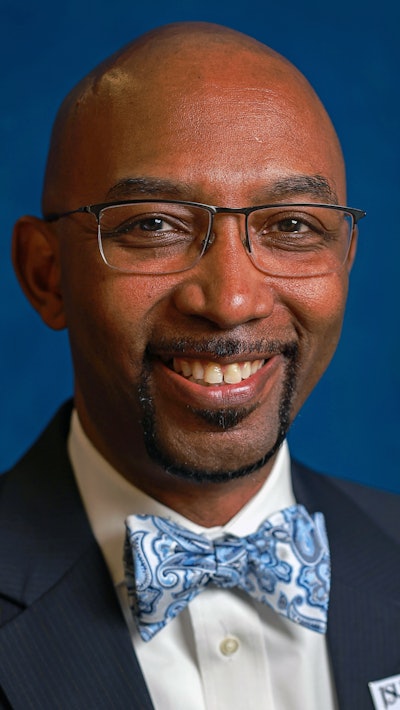 Dr. Josiah Sampson
Dr. Josiah Sampson
“Students, faculty, and parents verbalized that virtual is not the preferred thing,” says Sampson, who arrived at JSU in January 2022 while some COVID restrictions were still in place. However, now that the campus has transitioned back to in-person classes, “I feel pretty comfortable saying anyone who stopped out during the pandemic has returned at this point,” Sampson asserts.
He suggests that the pandemic placed additional responsibility on institutions “to be able to recognize the needs of the students, who are not always able to communicate what they’re feeling in the best manner.”
In terms of strategic planning at JSU, Sampson believes it’s important for the institution “to be progressive in its programming — to create ways to allow for decompression, venting, release of things that may be causing internal anguish.” As an example, he mentions “putting a mental health day in the middle of the week — saying ‘go walk in the sunshine’... to allow students to connect with themselves.”
Like other institutions, JSU found that some students were experiencing financial difficulties at home due to the pandemic, an issue Sampson believes must be addressed with understanding. “Coming out of the pandemic, there may be additional financial hardship, somebody may have lost a job at home, so we may have to provide emergency or gap funding so that students don’t feel so marginalized — without damaging their esteem,” Sampson says. “We cannot allow students to be lost inside themselves.”
Best practices and programs
The Association of Public and Land Grant Universities (APLU) and its partner organization, the Coalition of Urban Serving Universities (USU), have supported a number of institutions with initiatives designed to improve student retention and enhance academic success. USU director Andrea Rodriguez listed some of the universities with innovative programs that USU has supported financially and academically. Many of the programs were operating primarily in-person and needed to be adjusted during the pandemic for online purposes.
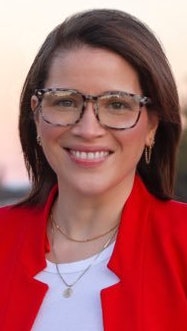 Andrea Rodriguez
Andrea Rodriguez
• Florida International University, a Hispanic serving institution, established a practice of having support resources on syllabi and ensuring that faculty provide points of referral for students to access those resources and support programs. FIU also developed a tele-health program — that will remain in operation — to support all students (online and in-person).
• Georgia State University’s use of data predictive analytics for students who are not logging on enabled the university to provide proactive interventions. Students who did not log on to their courses were contacted, encouraged to participate and offered computers and hotspots to bridge any digital divide.
• The University of Wisconsin, Milwaukee (UWM) formed a Holistic Care Team focused on enhancing communications across campus units to expeditiously connect students to services. They hired a retention technology manager to expand their presence in the digital space through Navigate, a student success management system, and Mainstay, the AI chatbot. UWM also launched a campaign to find students who weren’t attending courses within the first weeks of school; these students were subsequently contacted and offered assistance with getting engaged or making the necessary adjustments to their enrollment. They also launched a new strategy to address students who fall in the “murky middle,” by increasing data-informed outreach and wrap-around support along with a financial incentive for achieving success in their first year.
According to Rodriguez, the experiences of the pandemic have broadened the view of student success. “It’s no longer just about having the students graduate,” she says. “It’s about having the students graduate and having their academic journey not be challenged because of … basic needs such as housing, a laptop, or anything that could impede them from moving forward.”




